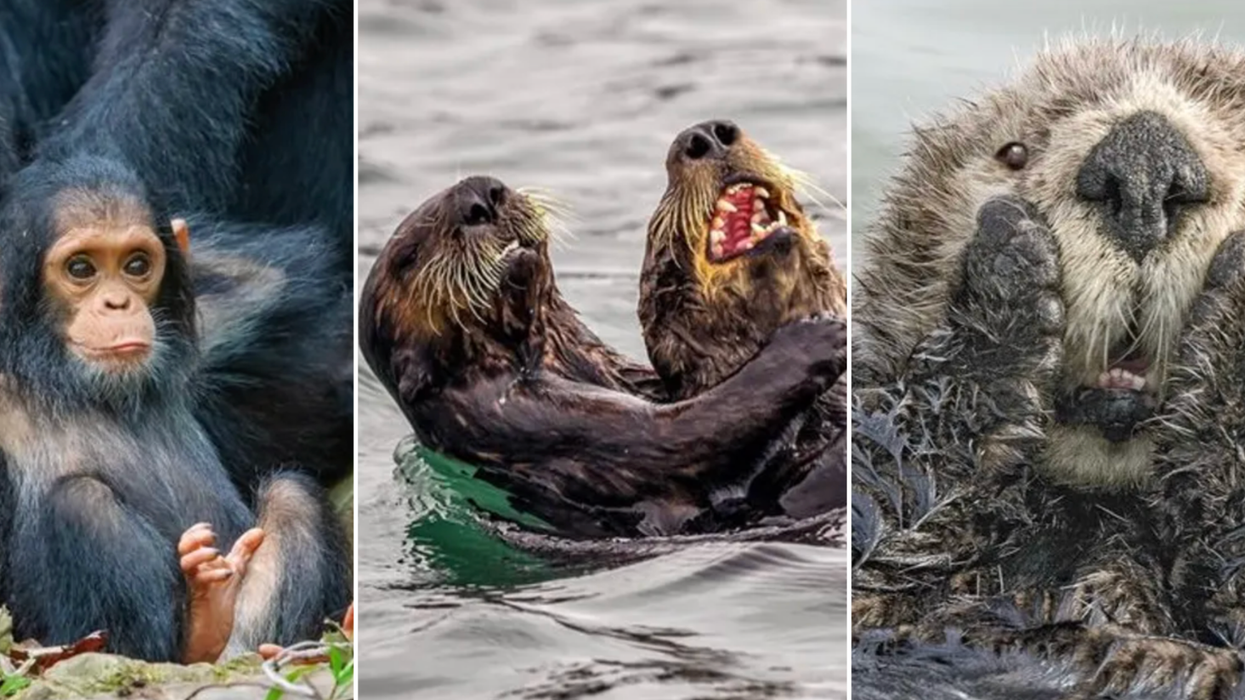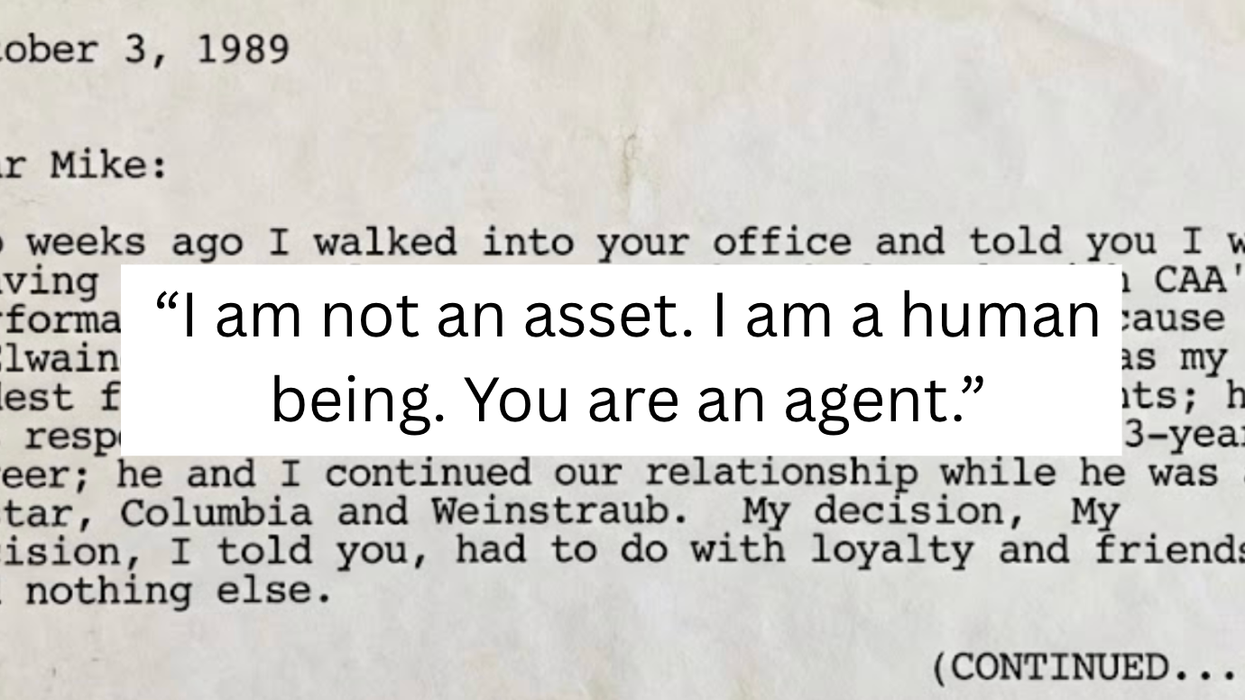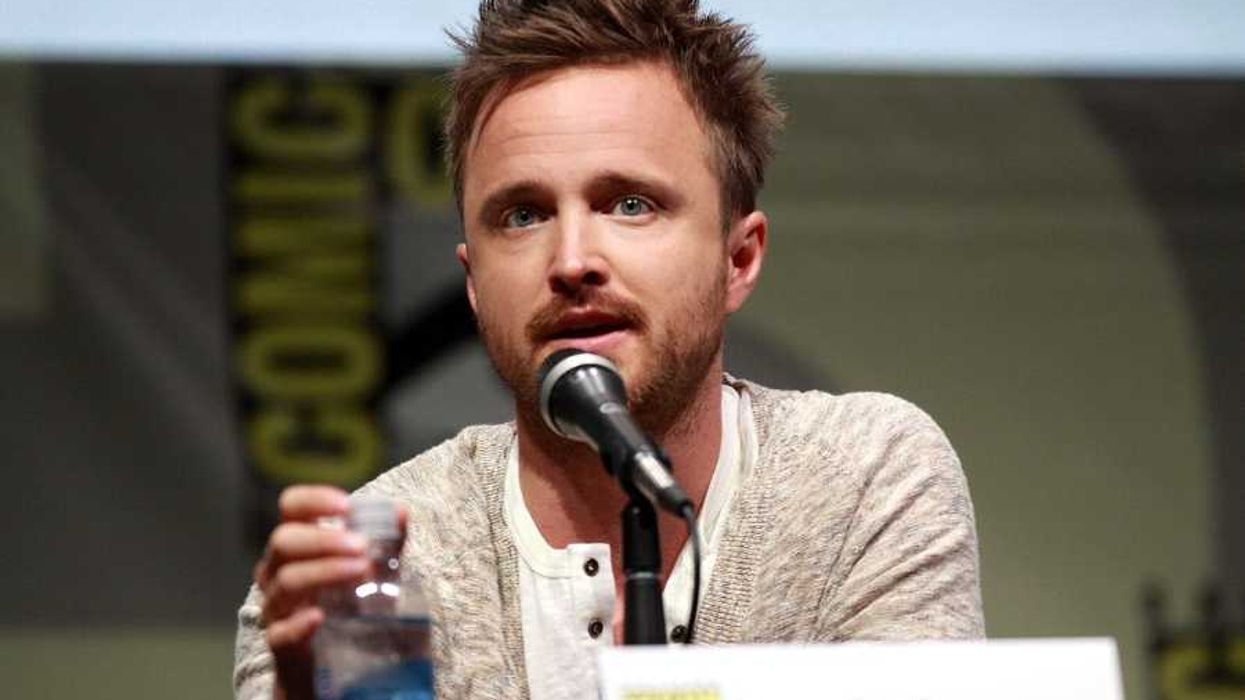Kalia Brooks is the Director of Exhibitions at the Museum of Contemporary African Diasporan Art in Brooklyn. She is also an an adjunct professor at New York University and a Ph.D. candidate in aesthetics and art theory at the Institute for Doctoral Studies in the Visual Arts.
Can you take me through the process of organizing an exhibition? Which comes first—the artist or you as the curator?
I stay away from having a curatorial idea first, and then finding artists to illustrate that idea. To me, those are the least successful shows. I am surrounded by artists, and I believe it is the curator's job to always keep up with artists whose work they find compelling, and who are dealing with ideas, topics, and forms that the curator will be able to build a show around. So, for me, exhibition-making always starts with the artist. Then I will approach a venue; or sometimes a venue may approach me. If the exhibition proposal fits with the culture of the venue then, ideally, it will be a match. The culture of the museum or venue has a major influence over whether or not an exhibition will be produced. As a curator, it is always wise to know the mission of these venues so that you can pitch the exhibition directly to the ethos of the organization.
Would you say your job is fun?
I think I'd rather describe the pleasure I receive from my work more in terms of play. Being in the creative field is being in a playful field. I don't mean play in terms of recreation or leisure, but more in terms of productivity through imagination. If the imaginative element of curatorial practice becomes comprised then I am moving away from my source of productivity—my playful space. Of course, play can generate fun, and to answer your question more directly, the most fun part of my work as a curator is in conceptualizing and facilitating exhibitions with artists. I get a tremendous amount of joy and gratification from this.
Can you tell me about your degree in curatorial practice, a relatively new field?
My study in exhibition-making informs my entire approach to curatorial practice. Much of what I learned about the study of exhibitions came from artists' intervention into the subject. When artists started responding to the perceived and experienced limitations of the field in the late 60s and early 70s, they began making work to reveal the limitations of structure. In my view, this awareness of curating as a discursive form comes from the path that such artists made, which opened up the possibilities of creating (or appropriating) new platforms for exhibition making.
How is this awareness changing how curators exhibit and talk about art?
When I was in school, curators were of course writing about their practice, but in limited quantity. As students, we were encouraged to take a critical awareness of our practice as a means of contributing to a particular school of thought known as curatorial practice. A lot of that criticality for me is based in sociology, psychology, colonial/post-colonial discourse, media studies, and other forms of philosophical thought. I think that this awareness—again, initiated by artists—reveals curating as a type of aesthetic performativity that connects the artist with a philosophical scholarship that is central to the way in which people come to view the world.
Tell me about the ethos of MoCADA.
MoCADA has a culture that is of course situated in and generated by the African Diaspora. I know it sounds like a broad statement, but that is intentional. We believe in both creating opportunities for artists of color to show their work and creating a space for discourse around the idea of “diaspora” itself. Essentially, this is the movement of people and cultures beyond places of origin and the transmission of information via this network.
How does that idea speak to your work?
A large part of my work as the Director of Exhibitions is to problematize the idea of origin and begin to introduce our audience to the notion of origin as a mythology. My curatorial vision is very much centered on “Africa” as a concept in order to highlight not only our contemporary relationship with the continent, but also, and perhaps more importantly, the pedagogic, political, social, and cultural visual systems that derive from melanated people the world over. I think there is a lot of creative potential in using the latter to generate new platforms of artistic discourse.
Makin' It is the work of journalist Brady Welch and illustrator Skyler Swezy, the team behind YrDoingAGreatJob.com.
















 Otis knew before they did.
Otis knew before they did.